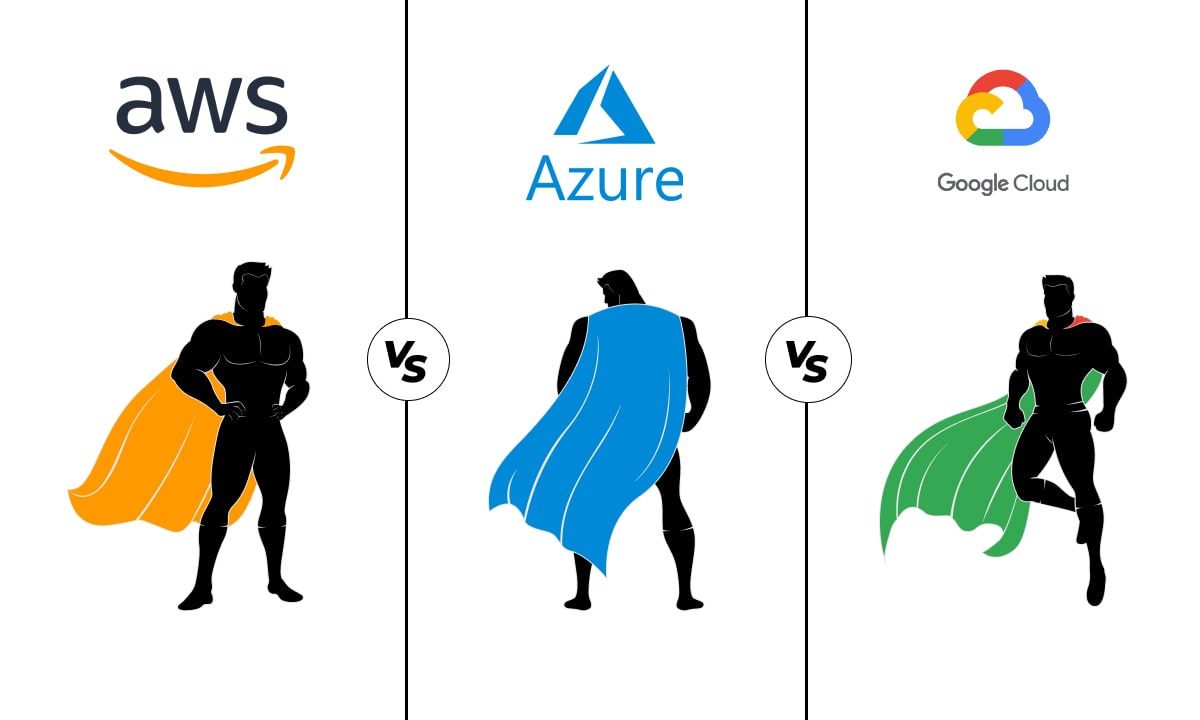
AWS VS AZURE VS GOOGLE CLOUD: WHICH PLATFORM IS BEST?
4th November 2020
Importance of Lazy Loader in Website Optimization
5th November 20201) ROUTING & UI COMPOSITION
The advanced client-side router with the dynamic route patterns, child routers, pluggable pipeline, & asynchronous screen activation. In fact, you can do dynamic, data-driven UI composition without a router.
These features are also there in Angular 2; however, Angular was ideally built as a monolithic framework. All of its components were wrapped into one large bundle. This monolithic architecture made it difficult to remove components and change them when necessary.
Aurelia JS, on the other hand, takes a more modern approach. While it’s a full framework, it is composed of a collection of libraries that work together using well-defined interfaces — so that it’s completely modular. This means that a web app only needs to include the dependencies that it needs. Further, though, it means that individual components can be swapped or changed with minimal confusion as long as implementations cohere to the defined interface.
2) MV* APPROACH
Aurelia follows a model-view approach like nobody else. In Aurelia, there is no need to specify the particular controllers of view-models; the naming convention will do that part.
While comparing with Angular, you will find the difference in watching the MV* components. More precisely, the digest cycle of angular is different from Aurelia. A big disadvantage of AngularJS, at least v1, is that it has a very sheer learning curve. You will have to know its internals, the complete digest cycle pretty well, and have to know the effect on performance while using filters and $watch expressions. Whereas Aurelia is simple, and the learning curve is quite smooth.
3) MANY LANGUAGE SUPPORT (ANGULAR VS AURELIA)
Aurelia’s APIs are deliberately designed to be employed naturally from both today’s and tomorrow’s most useful web programming languages. Aurelia supports ES2015, ES5, ES2016, and Typescript, which is very important and gives you high extensibility.
Writing web applications utilizing ES6 is not a new thing. In fact, there are several solutions out there that can enable you to write Angular apps utilizing ES6. However, Aurelia takes it a step further by rendering support for ES6 as well as a Gulpfile with a customized build system for ensuing your ES6 down to ES5 compatible code.
4) EXTENSIBLE HTML
Aurelia’s extensible HTML compiler lets you create custom HTML elements. It helps you add custom attributes to existing elements and control template generation, all with full support for data-binding, dynamic loading, and high-performance batched rendering.
When AngularJS was developed, the standards for extending HTML were not matured. That’s why AngularJS created proprietary solutions for templating and custom elements.
Today, the Web Component spec defines a set of rules for both custom elements & templating. Aurelia actively coheres to these standards, supporting the HTML imports, <template> element, Shadow DOM, and native custom elements.
5) DATA-BINDING
Aurelia supports two types of data-binding:
- One-way Data-Binding
- Two-way Data-Binding
By using adaptive techniques, you can select the most efficient way to observe each property in your model and automatically synchronize your UI with best-in-class





